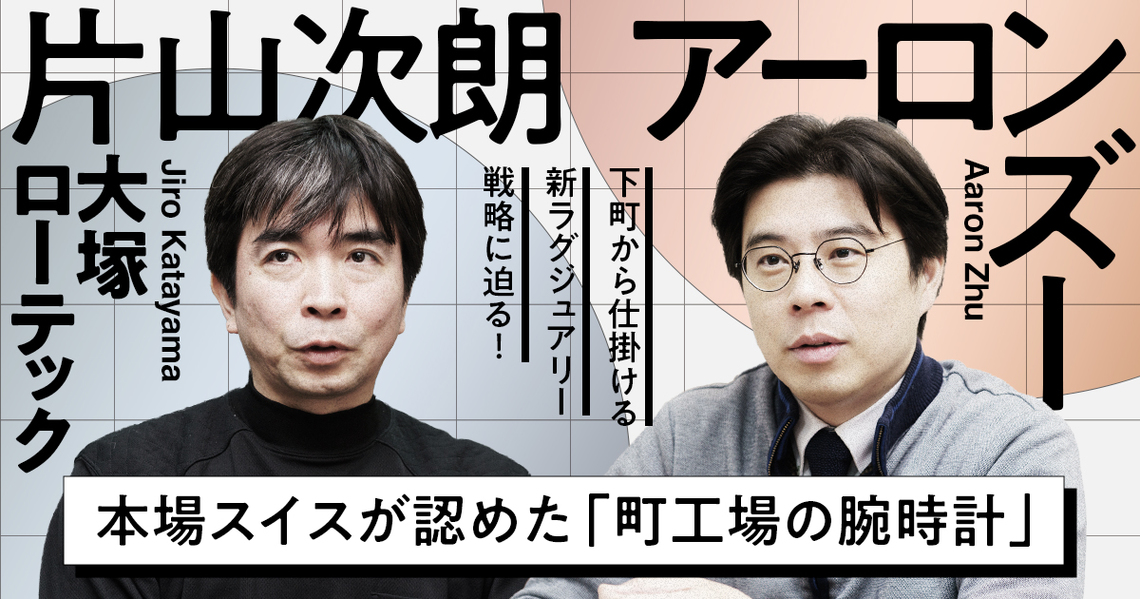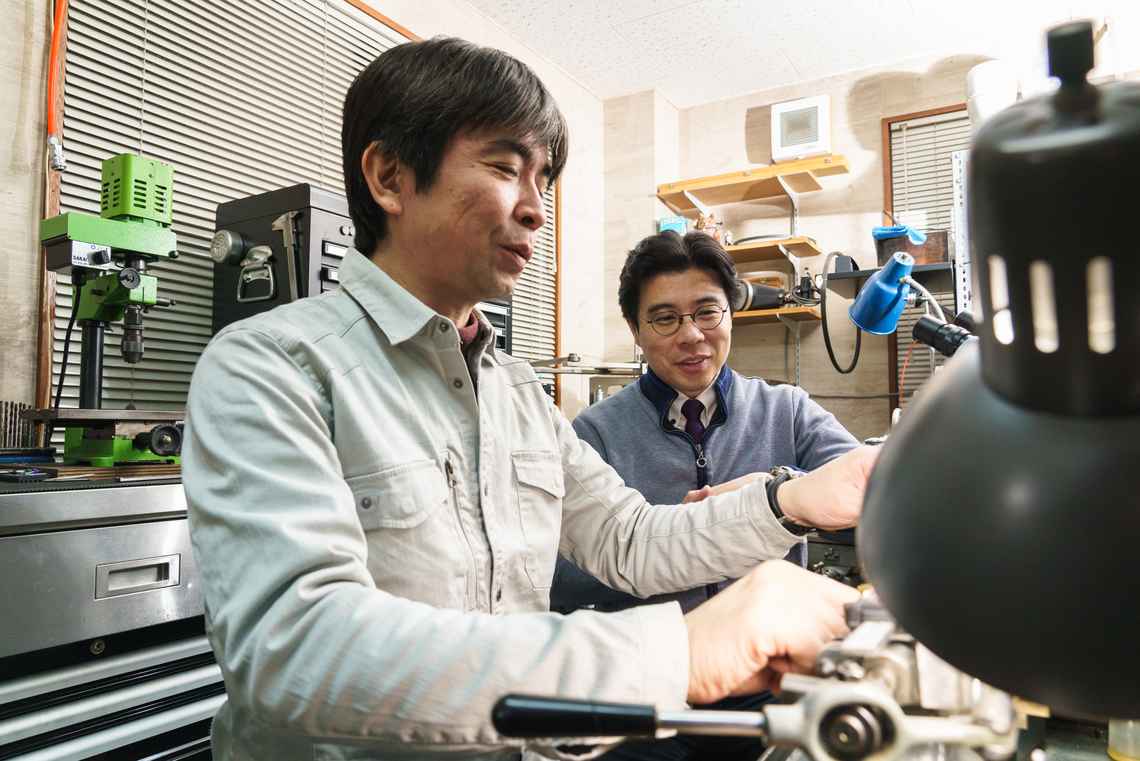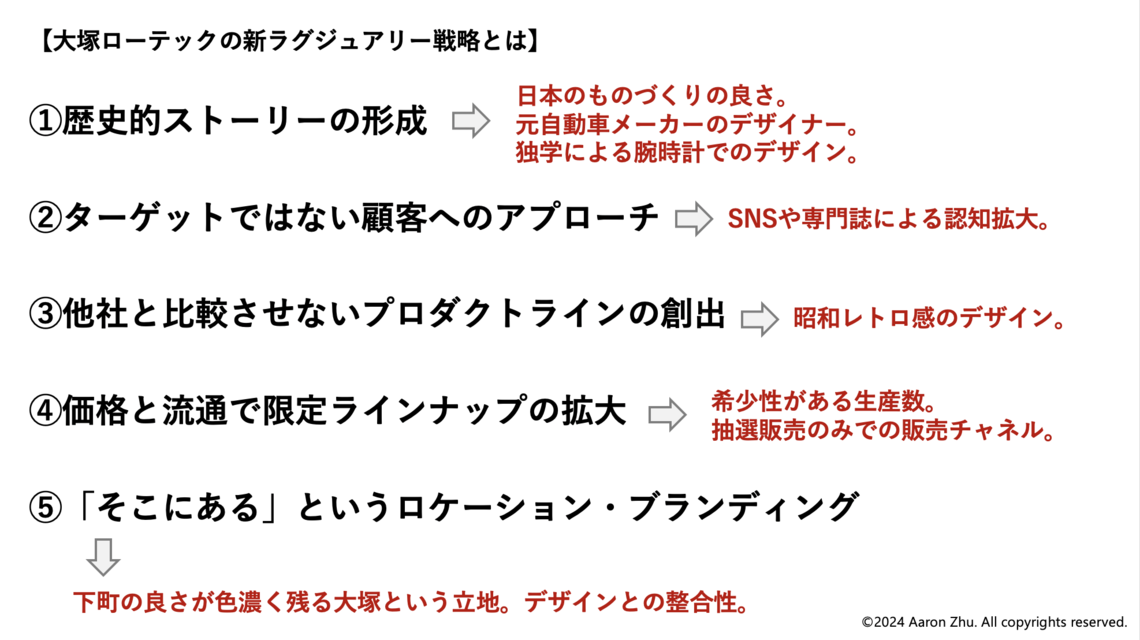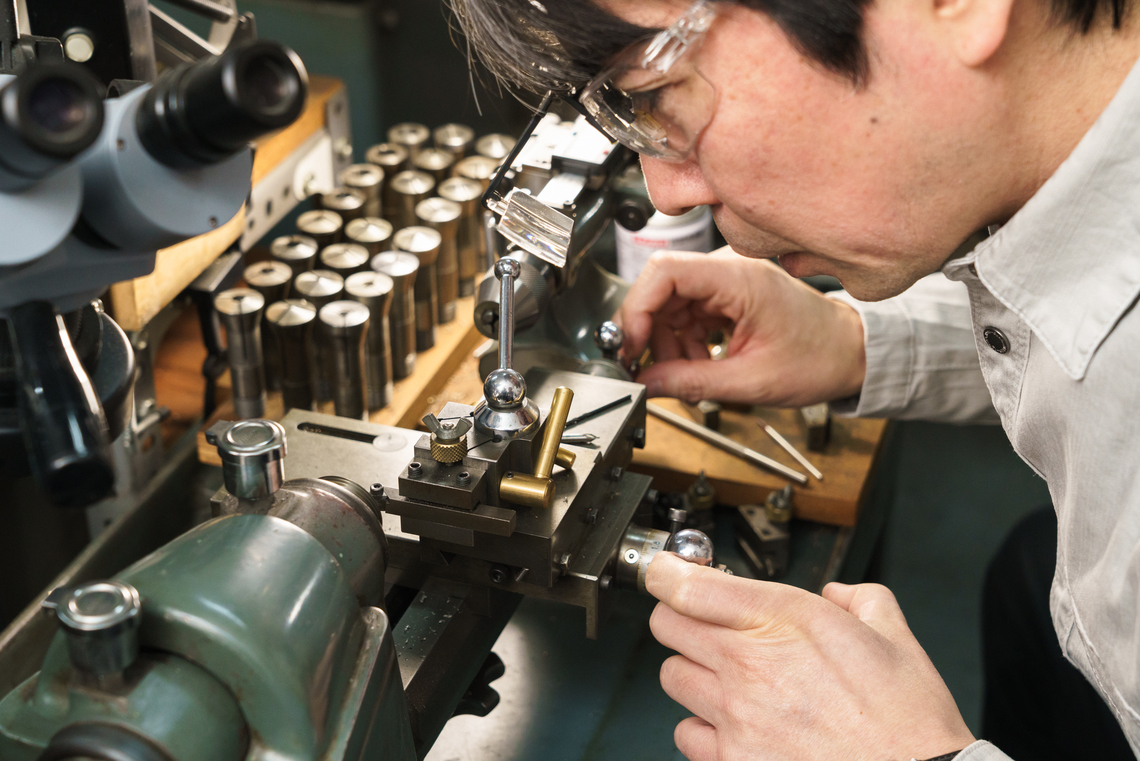OODA (pronounced "woo-da") is gaining attention as a "decision-making model" that guides solutions to the rapidly changing business challenges of today. It proves effective not only for organizational development and management strategy in business, but also for branding and marketing.
This series explores the appeal of OODA from multiple angles. Continuing from last time, we present a conversation between Jiro Katayama, founder of the watch brand " Otsuka Lowtech " that captivates fans worldwide from Tokyo's Otsuka downtown area, and Aaron Zu, author of " OODA-Style Leadership: The World's Most Powerful Doctrine " (Shuwa System).
What is the appeal of Otsuka Lowtech's products, and what "New Luxury Strategy" can be glimpsed from their manufacturing approach?
【What is OODA?】
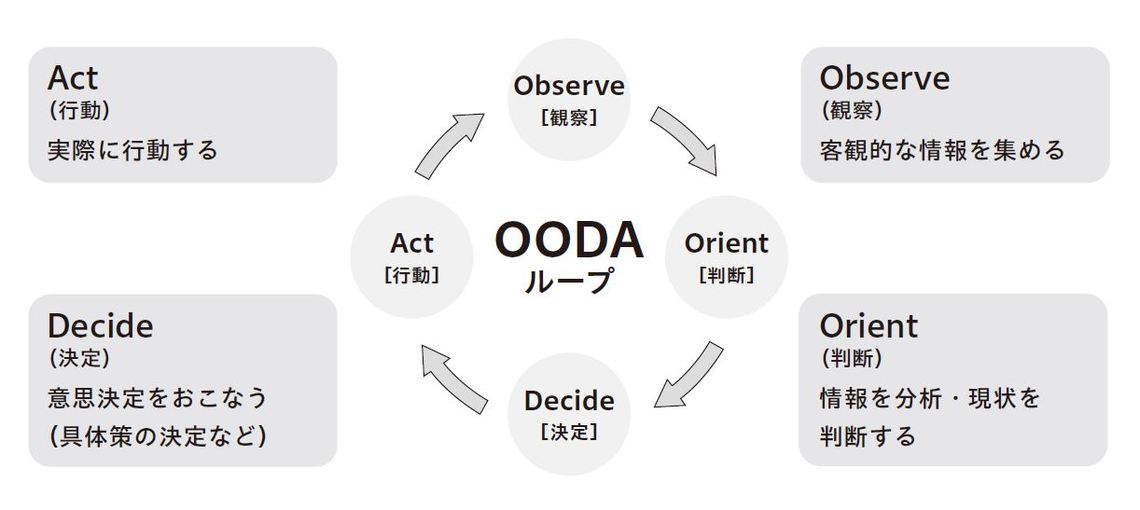
A decision-making and action process proposed by John Boyd, a former U.S. Air Force Colonel and fighter pilot. The term OODA is an acronym for Observe, Orient, Decide, Act. Its purpose is to consistently take the best possible action in constantly changing, unpredictable situations. In Western business and marketing, OODA is recognized as an essential decision-making process alongside the traditional PDCA cycle. ( Learn more here ).
Housed in Switzerland's International Watch Museum. Its name is etched into the "history" of wristwatches.
Aaron: Last time, we discussed your background, the story behind launching the brand, the philosophy of craftsmanship that underpins it, and the source of your unique creativity. Now, please tell us about Otsuka Rotec's recent products.
Katayama: Since the brand's launch, I handled everything from design to manufacturing and repairs entirely by hand. However, to further improve quality and establish a mass production system, we began receiving support from Tokyo Watch Precision in 2023. We've now improved the previously sold "7.5" and "6" models and are offering them as new versions. The "7.5" features a design with three turret-like windows on the case top and a jumping hour mechanism for time display. The "6" employs a fan-shaped analog meter with a retrograde mechanism: when the hour and minute hands reach the far right mark, they instantly snap back to the left zero position.
Both models have been updated from the previous versions in terms of materials and manufacturing methods. For example, the case material has been changed to rust and corrosion-resistant SUS316L stainless steel, and the crystal has been upgraded from mineral glass to sapphire crystal. Additionally, the lug attachment method for the No. 6 has been modified, all with the aim of ensuring long-term durability.

Otsuka Lowtech No. 7.5 (front), No. 6 (back)
Aaron: The metal texture and the beautifully rounded form are truly stunning. They have serial numbers, but are these random numbers?
Katayama: Yes, they are random. We include serial numbers to identify individual pieces, but we didn't want them to signify the year or order of manufacture, so we made them random.
Aaron: Both products are incredibly popular, aren't they? We hold regular lottery sales, and I hear among watch fans that the competition ratio is absolutely insane (laughs). Furthermore, the "7.5" has achieved the remarkable feat of being preserved not only as a science and technology history artifact at the National Museum of Nature and Science, recognizing its technical value, but also being acquired by the International Watch Museum in Switzerland, the heartland of watchmaking.
Katayama: I believe several factors aligned perfectly, like Tokyo Clock Precision having connections in Switzerland, which led to its acceptance. Since I pour the concepts and designs I truly want to realize into the products, it's gratifying that they've been appreciated.
What is Otsuka Rotec's "New Luxury Strategy"?
Aaron: Hearing what Mr. Katayama shared, I'm struck once again by the excellence of Otsuka Lowtech's brand positioning.
Katayama: Brand positioning, you say?
Aaron: Yes. Essentially, I believe they've established a new brand positioning called the "New Luxury Strategy," positioned between luxury and premium.
For example, one element of luxury is the aspect of "quality that cannot be compared to price." In Otsuka Rotec's case, while it secures meaningful value through high-quality storytelling and its rarity, it doesn't come at a price only accessible to the ultra-wealthy. There's also a sense of value for money regarding the quality. Conceptually, it sits between the "dream" of luxury brands and the "reality" of premium brands – you could call it a "realistic dream" (laughs). I found it fascinating that its positioning allows it to appeal to both luxury and premium target audiences.
Katayama: I see. This is the first time someone has analyzed the brand that way, so it feels very fresh (laughs).
Aaron: Otsuka Lowtech's new luxury strategy is packed with insights for small workshops and manufacturing SMEs navigating the future. It includes the narrative of a former car designer self-taught in watchmaking, awareness growth through SNS and trade magazines, a unique product design evoking Japan's traditional craftsmanship, scarcity driven by demand exceeding production, and the alignment between the downtown workshop location and the design itself.
Katayama: For me, it's been about consistently doing something extremely simple: creating and selling watches I personally wanted. One thing I can say for certain is that value isn't created by relying on "reputation" or "appearance" – you have to make something fundamentally good. There are many watch enthusiasts far more knowledgeable than me, so I believe what matters is not cutting corners or relying on gimmicks, but stubbornly pursuing the ideals I hold and striving for better quality than what currently exists.
Challenging the pinnacle of craftsmanship: "Manufacture"
Aaron: In October 2023, you held your brand's first exhibition event in Harajuku. What was the goal behind that?
Katayama: Since online sales have been our main channel, we often heard requests like, "We want to see the actual watches." Thinking about it, people were buying without ever seeing the real thing, so I naturally wanted them to see it. It was our first time displaying in a public space, so we might have enjoyed it more than our customers did (laughs).
Aaron: Seeing the actual pieces is quite different from photos in magazines or online, isn't it? I remember being deeply impressed by their precision and presence when I first saw them in person.
Aaron: Finally, Mr. Katayama, could you tell us what you'd like to challenge yourself with next?
Katayama: I'm currently challenging myself to build the movement—the engine of the watch—entirely from scratch. Currently, only about 30 parts within the movement are original, used in the mechanisms necessary for time display. I tried this once before and gave up, but now I feel I can create something truly good. I want to realize what's called a "manufacture watch" (a watch where the entire movement is developed in-house), centered around mechanisms like the tourbillon (a type of complex mechanism in mechanical watches designed to counteract the effects of gravity on accuracy and keep precise time).
Aaron: Wow, that sounds incredibly exciting! As a fan of the brand, I'm rooting for you. Thank you so much for today!




